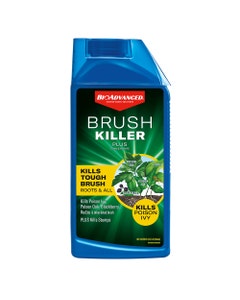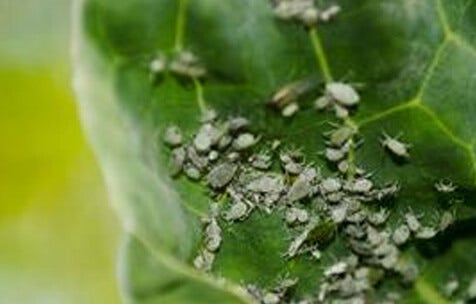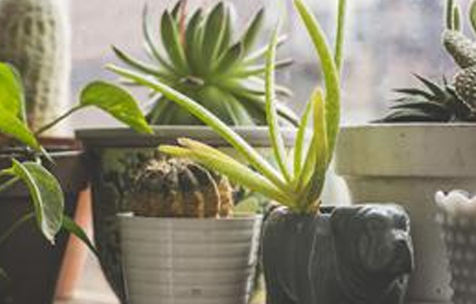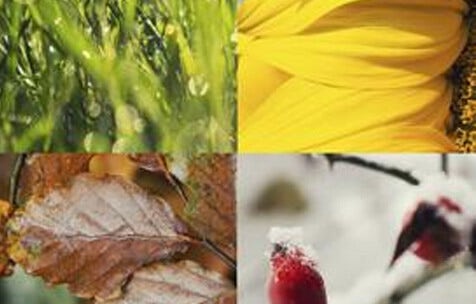

Poison Ivy
Poison Ivy is a woody perennial that can grow into a small shrub or a creeping vine climbs on trees and buildings. It is most common in shady areas. Poison Ivy is most easily identified by its leaves, which are divided into three pointed leaflets ("leaves of three, let it be").
The leaves appear red in the spring, then turn green in summer, before turning reddish-yellow in the fall. Poison Ivy can produce clusters of greenish-white flowers in the spring. Its leaves contain oil that causes rash and irritation. The oil is present year-round on both live and dead plants, so hand-pulling and burning Poison Ivy are not recommended. The roots will produce new plants, and the oil can vaporize when burned, irritating lungs and eyes.
Poison ivy is an adaptable weed and can grow in both shade and sun and dry or wet soil.
Location
Poison Ivy is found throughout much of the United States, with the exception of Alaska, California and Hawaii, but the most common form is found east of the Rocky Mountains.
Related or Similar Plants
Poison Oak, Poison Sumac











